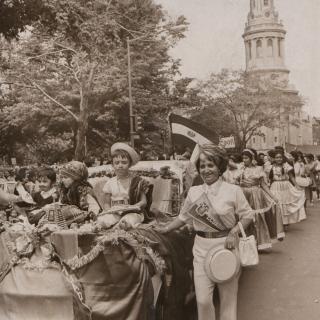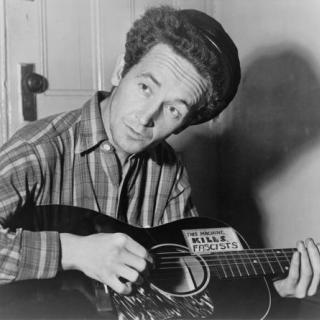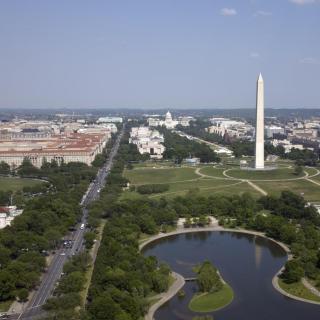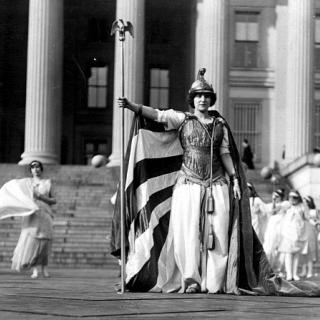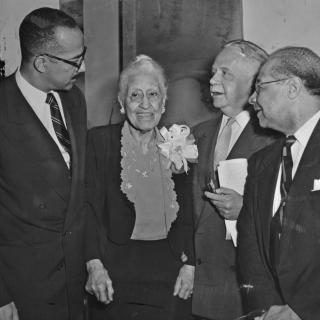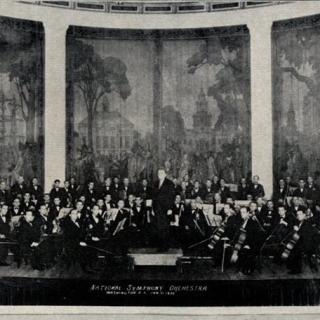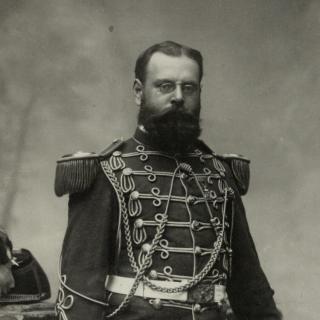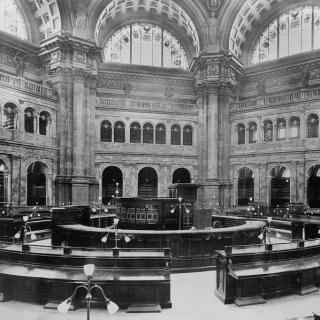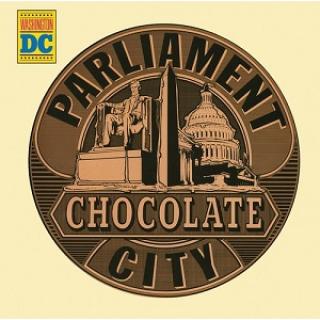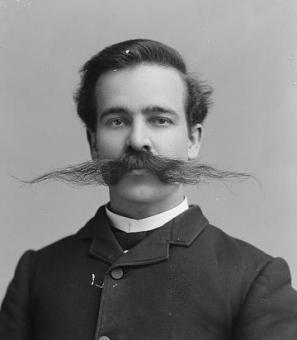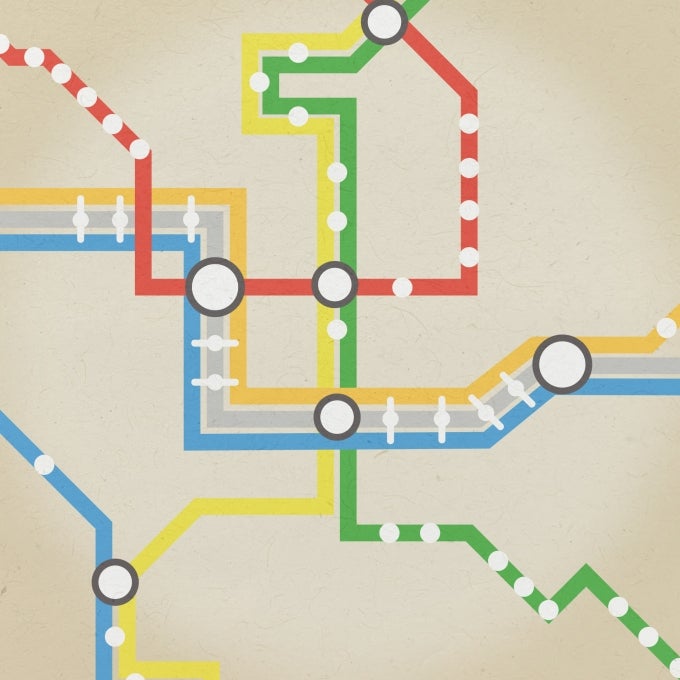The Team That Never Was: How the Padres Nearly Became Washington's Team
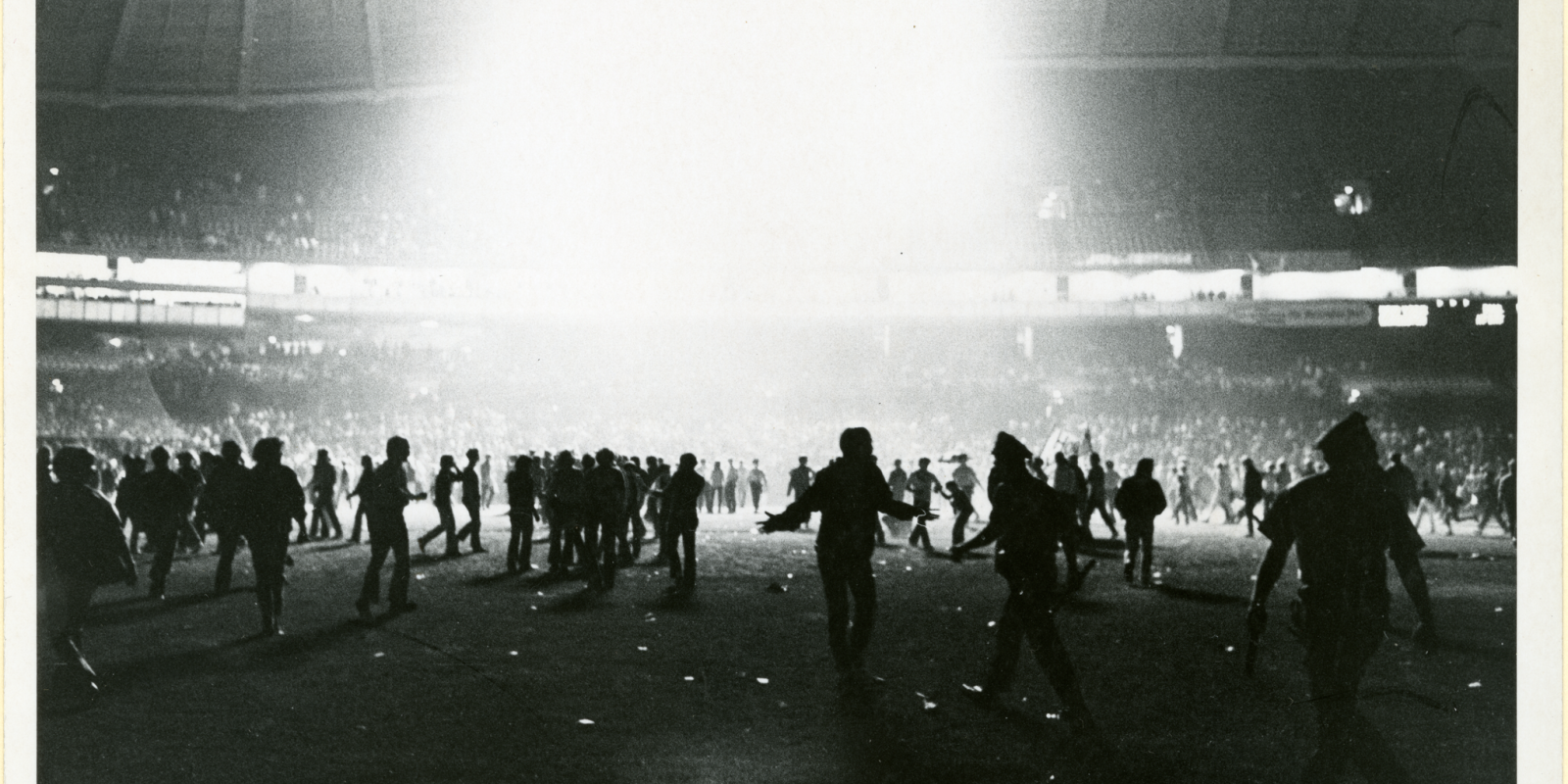
"I still can't believe it's happening… I never thought I'd see the day when they would leave Washington without a franchise." This sentiment voiced by Bucky Harris, the former player-manager for the Senators, on the eve of their final home game in D.C. was a feeling shared by many of the nearly 15,000 fans who packed into RFK stadium on September 30, 1971.1 Nine days earlier, American League owners had voted to let Senators owner Bob Short move the team to Texas where they would become the Rangers, ending a 71-year tradition of American League baseball in the capital city. This was a move widely opposed by D.C. residents, with many feeling as though Short had “shortchanged the citizens of this city.”2
The evening began on a tepid note, with a seemingly “docile and resigned” crowd. However, as soon as the first pitch was thrown out, the fans began to make their feelings clear: “There was a roar for a ‘Bob Short Stinks’ sign that was quickly yanked down, and an even louder roar for a hastily printed ‘Bob Short Still Stinks’ sign that replaced it.”3
Despite this commotion, the Senators came back from a four-run defecit and took a two-run lead. By the time the seventh inninng rolled around, things took a turn yet again: "[The fans] started...by throwing scraps of paper from the stands until the field was nearly 50 percent white. Then, with one out to go, fans, gate-crashers, or both swarmed onto the field, stopped play, and with a fine disregard for victory cause a 9-0 defeat by forfeit."4
In the end, it was probably for the best that baseball was leaving D.C., as the demonstration staged by the fans left the stadium in need of some repairs: “the mob…rushed for the bases, tore up the mound, climbed to the roof of the bullpen, took letters from the scoreboard, dug up the turf, [and] danced and romped.”5
Since 1901, the capital city had been home to a baseball team in the American League: The Washington Senators.6 The Senators began as an oft-losing team. They were, in fact, so bad that Charles Dryden, a baseball writer and humorist, once famously wrote, “Washington – first in war, first in peace, last in the American League” and “defeat to [the Senators] is the same as death and taxes to other people” in reference to the Senators skills on the field.7 They earned their first, and only, World Series title in 1924, when they beat the New York Giants, who had been favored to win. Tragedy struck in 1960 when the team was moved to Minnesota, where the franchise became the Twins. With the team leaving for the Midwest, an expansion team also called the Senators was immediately brought to D.C. to prevent members of Congress from repealing baseball’s antitrust exemption.8 But tragedy struck yet again when this expansion team left for the lone star state in time for the 1972 season, where they became the Texas Rangers.9 And this time, there was no replacement team being brought to D.C.
In addition to the protests staged by fans at the September 30, 1971 game, this move was opposed by a number of members of Congress, who created a petition calling on the MLB to reinstate baseball in the capital city. This petition was signed by 238 of the House’s 435 members, with one member writing, “now, as never before, there is growing recognition that the owners, who in the name of the public interest successfully maintain their blanket exemption from our antitrust laws, occasionally exhibit precious little concern for the community welfare.” Another shared “None of us has any idea to punish or destroy baseball. To us, the nation's capital must have baseball—and we have been awakened to the fact that we must take a more active part to get it. We want a team by next year if possible and we must have one by 1973.”10 Despite their plea to keep baseball in D.C., the move to Texas went through, and the capital city was left without a baseball team. This departure was the beginning of a 33-year baseball drought in D.C., but that almost wasn’t the case.
Across the country in San Diego, California, the Padres baseball team was also struggling with their record. In the four seasons since the team was founded in 1969, they had never won more than 63 games and attendance to games was consistently low. The problems the team were further amplified by the financial practices of the owner, C. Arnholt Smith. While Smith had paid the fee to launch the Padres franchise, he refused to invest further in the team and player development.11 The team lacked the fans to offset what they lacked financially, and things only got worse for Smith in May of 1983, when it was revealed that the IRS was after him for more than $20 million in unpaid taxes.12
Later that month, on May 27, a group of three D.C. business men, headed by Joseph Danzansky, the owner of Giant Food, Inc., offered Smith and the Padres management $12 million in exchange for ownership of the team. Danzansky had a history of trying to keep baseball in the District. He had previously tried to block the 1971 move of the Senators to Texas, and had even made an (unsuccessful) offer on the Padres before the 1972 season.13 This time around, Smith accepted the $12 million deal, and the Padres were set to move to D.C. at the end of the season, if not sooner.14 Padres employees were told to keep the deal a secret, but by that evening the news was out.
The Washington Post shared the good news with D.C. residents with a headline that read “Baseball’s Back! San Diego Padres Play here in ’74.”15 In September of that year, President Richard Nixon gave his support to the Padres move in a letter to National League president Chub Feeney: “You can be sure all of us in the Washington metropolitan area would enthusiastically welcome a National League team.”16 Most National League owners were also in support of the move, although Cubs owner Philip Wrigley and Dodgers chief Walter O’Malley vehemently opposed the Padres’ move to Washington, and other owners wondered “why Washington when there’s New Orleans and Toronto?”17 Despite their disapproval, by the end of the year the move was approved by enough National League owners, and a tentative schedule for the 1974 season was created – the new Washington team would have played the Phillies on opening day at RFK stadium on April 4.18
Things seemed to be falling into place for the Padres move to D.C. They had worked out a favorable lease deal with the federally owned RFK stadium – 10 cents for every customer up to 1 million and 30 cents over that threshold.19 Ideas for a new name were proposed – “Pandas,” in honor of the giant panda that had been gifted to the U.S. in 1972, and “Stars” were both throw out there, but the most serious consideration was given to the name “Nationals.” However, none of these names were given final approval.
With the fate and name of the franchise not known, and the 1974 season fast approaching, Topps initial printing of its cards for the upcoming season featured Padres players – still in the Padres uniform – identified as members of a Washington team marked as “NAT’L LEA,” for National League. The company also printed some cards with “San Diego” and “Padres” printed on the banners, emphasizing the confusion and uncertainty that surrounded the team’s future. A preliminary uniform design for the new Washington team was made - a light-blue uniform with “Washington” emblazed across the chest in red block letters. The hat featured a red “W,” a golden star on a white peak, and a blue background.20 Unfortunately (or fortunately, considering the unflattering look of the uniform) these blue and red outfits would never see the light of day.
It may have seemed like a done deal, but San Diego wasn’t quite ready to let go of its team. It quickly became clear that the move was going to be difficult legally and practically. The Padres were in the fifth year of a 20-year stadium lease with San Diego and were also engaged in agreements with various vendors. On top of that, the city was willing to put up a fight to keep their team. When the sale had been approved, San Diego mayor Pete Wilson promised “we’ll see you in court” and that “the city will wage war against the league on both the legal and political fronts to keep our baseball team in San Diego.”21 He wasn’t messing around. The City of San Diego filed an antitrust civil lawsuit for $72‐million in damages from the National League and other defendants. A suit for $12‐million had also been filed against Smith and the Padres regarding the 15 years left on their 20-year stadium lease.22
National League owners began to reconsider their approval of the sale, given the financial consequences of the lawsuits at hand. Danzansky lined up lawyers to protect himself from the lawsuits, but the arrangement required Smith to pay the premiums, which were undoubtably steep and out of the disgraced businessman’s budget.23 It became clear that Danzansky and his team were going to be unable to pull together an acceptable deal, and Smith shared “I have therefore returned his check deposited with me as good faith and my agreement with Mr. Danzansky is of no further force or effect…I commend the desire of Washington, D. C., to have a major league baseball team and I am hopeful they will be successful in obtaining one in the near future. I am pleased, however, that we no longer have a conflict between two great cities for the privileges of operating the Padres baseball club....”24
In the midst of this legal trouble, Smith had been exploring other options for the Padres. He considered selling the team to a group headed by horse racing track owner Marjorie Everett, but her involvement in a bribery and conspiracy trial in Illinois raised objections among other National League owners.25 At the 11th hour, Ray Kroc, a businessman best known for turning McDonald’s into the franchise it is today, stepped in. Kroc told his wife, “I think I’m going to buy the Padres.” She responded “Why would you want to buy a monastery?”26 Kroc was more than willing to pay Smith’s $12 asking price, and the rest is history. A lease between the city and Kroc was signed that guaranteed to keep the Padres in San Diego through 1980.
Today, it’s hard to imagine D.C. without baseball. But, for over three decades, America’s favorite pastime was a thing of the past for D.C. residents. In the years following the 1973 disappointment, there were numerous attempts to bring baseball back to Washington, but none came to fruition. Expansion to D.C. was considered by the MLB in 1991 and 1994, but teams were instead awarded to Denver, Miami, Phoenix and Tampa. Baseball fan’s luck changed in 2005 when the Montreal Expos were relocated to Washington and sold to a new ownership group. The Nationals as we know them today were born. Their first game back was on April 4, 2005 in Philadelphia against the Phillies, and their first home game took place on April 14, 2005, with President George W. Bush throwing out the ceremonial first pitch.27 After so many years of waiting, D.C. finally had a baseball team again, and it’s safe to say that the Nationals franchise has been embraced wholeheartedly by the capital city’s baseball fans. In 2012, the Nationals won the NL East division, bringing post season baseball to D.C. for the first time in 79 years.28 They went on to win their first World Series title in 2019, when they defeated the Houston Astros.
However, while D.C. baseball fans now had a team to rally behind, they had yet to move on from the hurt caused by the man who first took baseball away from the city in 1971. 36 years after the Senators played their final game, the Nationals played their final game at RFK Stadium on September 23, 2007, as they were moving to the new Nationals Park stadium. During the middle of the game, attendees made it clear that, while Bob Short was gone, they had yet to forget or forgive what he done to baseball in D.C, as fans in the upper-deck, holding a grudge passed down to them by the previous generation of baseball fans, unfurled three banners that read “SHORT STILL STINKS.”29
Footnotes
- 1
Frederic J. Frommer, “A Chaotic Closing Act,” Sports, The Washington Post (Washington D.C), September 29, 2021, https://www.proquest.com/newspapers/chaotic-closing-act/docview/2577222844/se-2?accountid=46320.
- 2
Merrell Whittlesey, “It Was a Whole New Ballgame!,” Sports, The Evening Star (Washington D.C), October 1, 1971, https://infoweb-newsbank-com.dclibrary.idm.oclc.org/apps/news/openurl?ctx_ver=z39.88-2004&rft_id=info%3Asid/infoweb.newsbank.com&svc_dat=WORLDNEWS&req_dat=8C87EBB2DB104CEAB04405DA52DA75FE&rft_val_format=info%3Aofi/fmt%3Akev%3Amtx%3Actx&rft_dat=document_id%3Aimage%252Fv2%253A13D5DA85AE05A305%2540EANX-NB-14E1EA209AF1C5BE%25402441226-14DF9CE2CD0892E3%254058-14DF9CE2CD0892E3%2540/hlterms%3ASenators%2520baseball.
- 3
Whittlesey, “It Was a Whole New Ballgame!”
- 4
Francis Stann, “The Ghosts Take Over,” The Evening Star, October 1, 1971, https://infoweb-newsbank-com.dclibrary.idm.oclc.org/apps/news/openurl?ctx_ver=z39.88-2004&rft_id=info%3Asid/infoweb.newsbank.com&svc_dat=WORLDNEWS&req_dat=8C87EBB2DB104CEAB04405DA52DA75FE&rft_val_format=info%3Aofi/fmt%3Akev%3Amtx%3Actx&rft_dat=document_id%3Aimage%252Fv2%253A13D5DA85AE05A305%2540EANX-NB-14E1EA209AF1C5BE%25402441226-14DF9CE2CDB9D2F1%254059-14DF9CE2CDB9D2F1%2540/hlterms%3ASenators%2520baseball.
- 5
Whittlesey, “It Was a Whole New Ballgame!”
- 6
The team was officially the “Senators” between 1901-1904, the “Nationals” between 1905-1955, and the “Senators” again between 1956-1960, but was commonly referred to as the Senators throughout its history, although both names have been used interchangeably.
- 7
Charley Dryden, “Baseball Notes,” The Washington Post (Washington D.C), June 27, 1904.
- 8
Dave McKenna, “Bob Short Still Stinks,” Sports and Culture Blog, Defector, May 3, 2021, https://defector.com/bob-short-still-stinks.
- 9
Theo DeRosa, “A History of MLB’s Washington Senators,” MLB, October 11, 2023, https://www.mlb.com/news/washington-senators-history
- 10
Joseph Durso, “Baseball Urged to Field Washington Club by ’73,” The New York Times, December 2, 1971, https://www.nytimes.com/1971/12/02/archives/baseball-urged-to-field-washington-club-by-73-kuhn-appoints-panel.html.
- 11
In the 1970s, the bank Smith owned suffered a bank failure due to excessive loans to other Smith-controlled companies. Smith was later convicted in May 1979 on one felony count of grand theft for stealing $8.9 million from his securities company. He served seven months of his three-year sentence.
- 12
Anthony Castrovince, “How the Padres Nearly Moved to D.C.,” MLB, December 20, 2021, https://www.mlb.com/news/featured/padres-nearly-became-the-washington-stars.
- 13
Andrew C. Sharp, “When D.C. Nearly Got the Padres,” Washington Baseball History, February 19, 2019, https://washingtonbaseballhistory.com/2019/02/19/when-d-c-nearly-got-the-padres/.
- 14
Castrovince, “How the Padres Nearly Moved to D.C.”
- 15
“Baseball’s Back! San Diego Padres Play Here in ’74,” The Washington Post, May 28, 1973.
- 16
Jake Russell, “San Diego Padres Were Once so Close to Moving to D.C. They Had Uniforms and Everything,” The Washington Post, June 16, 2016, https://www-proquest-com.dclibrary.idm.oclc.org/docview/1797476609/fulltext/16580FB7A6714804PQ/1?accountid=46320&sourcetype=Blogs,%20Podcasts,%20&%20Websites.
- 17
George Minot Jr., “D.C. Baseball Chance ‘Good’: D.C. Baseball Chance Good,” The Washington Post (Washington D.C), September 21, 1973, https://www-proquest-com.dclibrary.idm.oclc.org/docview/148400379/fulltextPDF/2F0D1B80F1EE4728PQ/1?accountid=46320&sourcetype=Newspapers
- 18
“San Diego Padres Move to Washington for 1974 Season,” Ghosts of DC, May 7, 2012, https://ghostsofdc.org/2012/05/07/washington-padres-baseball-1974/.
- 19
Frederic J. Frommer, “Fifty Years Ago, Baseball Was Back in Washington, D.C. — until It Wasn’t,” The Washington Post, January 31, 2024, https://www-proquest-com.dclibrary.idm.oclc.org/docview/2920357806/fulltext/984A0C2881EB4558PQ/1?accountid=46320&sourcetype=Blogs,%20Podcasts,%20&%20Websites.
- 20
“San Diego Padres Move to Washington for 1974 Season.”
- 21
“San Diego Padres Move to Washington for 1974 Season.”
- 22
“Padres Stay West—If Sale Is Approved,” The New York Times, December 29, 1973, https://www.nytimes.com/1973/12/29/archives/padres-stay-westif-sale-is-approved-washington-deal-off-check-is.html.
- 23
Castrovince, “How the Padres Nearly Moved to D.C.”
- 24
The New York Times, “Padres Stay West—If Sale Is Approved.”
- 25
The New York Times, “Padres Stay West—If Sale Is Approved.”
- 26
Castrovince, “How the Padres Nearly Moved to D.C.”
- 27
“Washington Baseball Timeline,” MLB, n.d., https://www.mlb.com/nationals/history/timeline-2000s.
- 28
“Washington Baseball Timeline,” MLB, n.d., https://www.mlb.com/nationals/history/timeline-2000s.
- 29
Edward J. Cunningham, “Short Still Stinks,” The Nats Enquirer, October 23, 2010, https://www.natsenquirer.com/2010/10/texas-rangers-world-series-washington-senators.html.


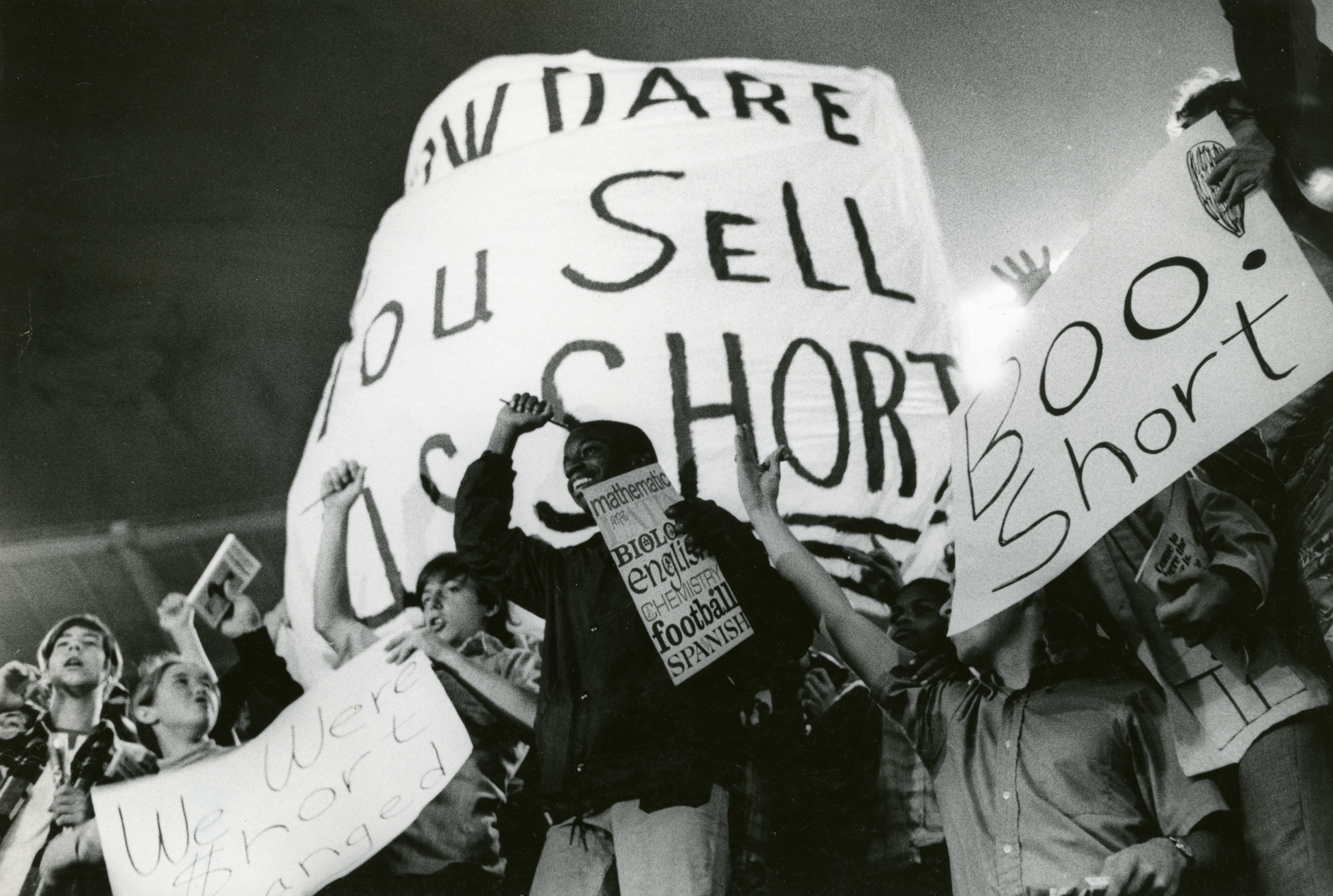
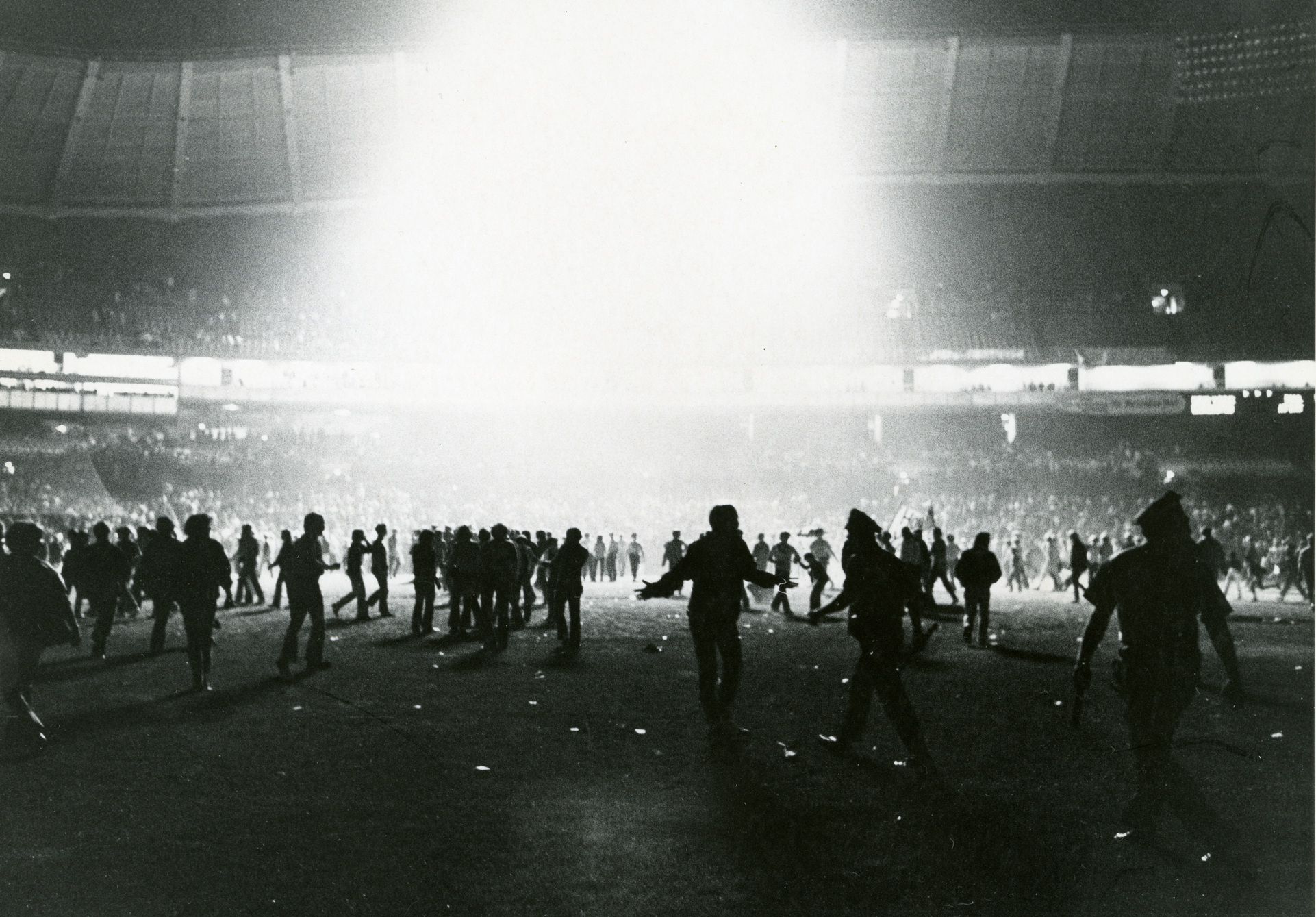
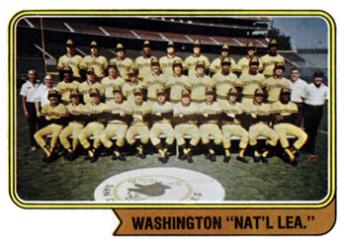
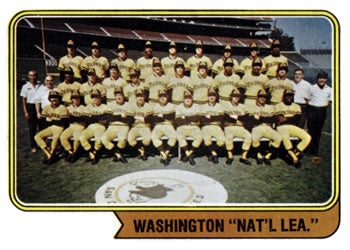
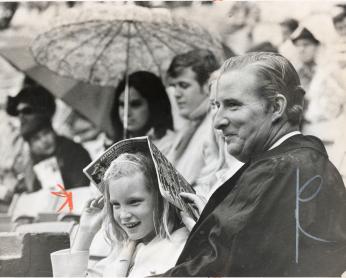
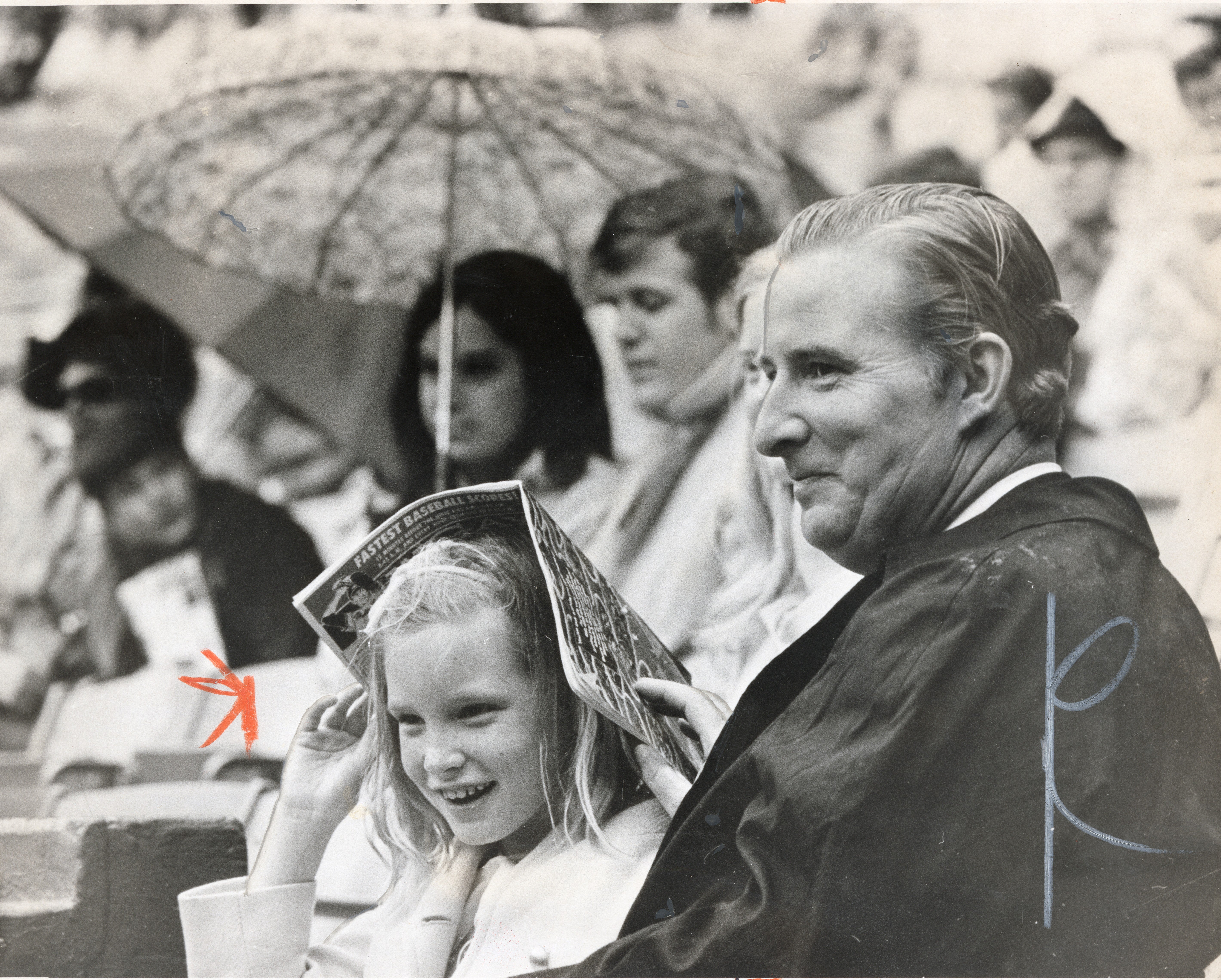
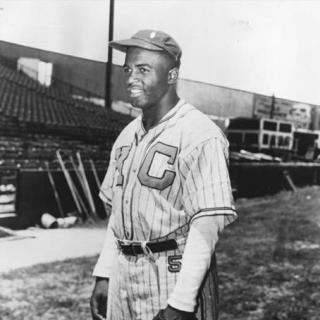
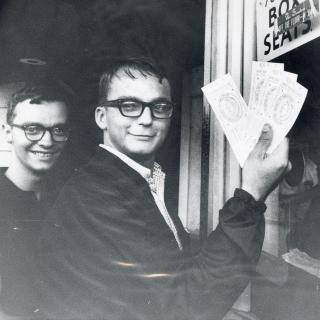
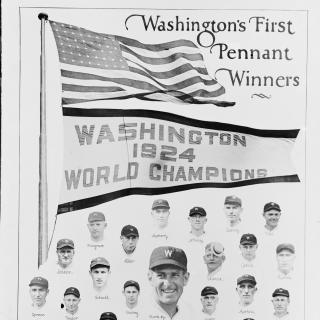
![Sketch of the mythical fuan by Pearson Scott Foresman. [Source: Wikipedia]](/sites/default/files/styles/crop_320x320/public/2023-10/Goatman_Wikipedia_Faun_2_%28PSF%29.png?h=64a074ff&itok=C9Qh-PE1)
